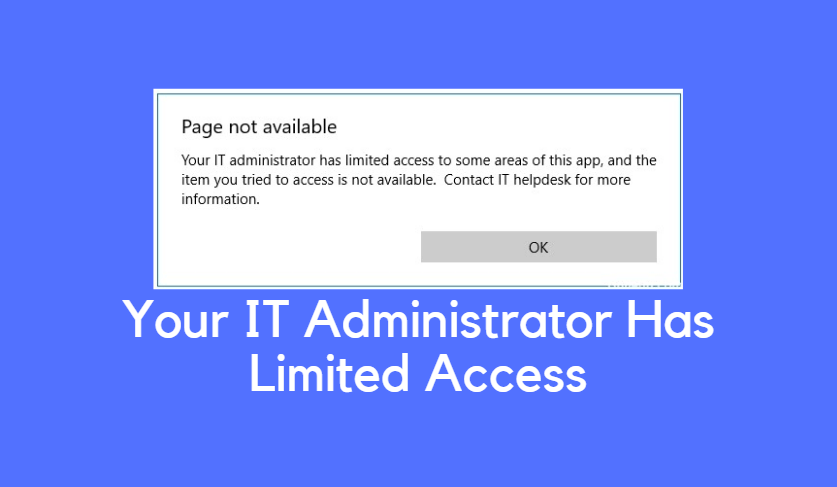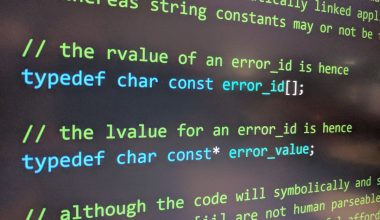You’re trying to connect to the University of Arkansas VPN… but it’s just not working. We’ve all been there. You’re clicking, refreshing, maybe even restarting your computer, but that green connection light just won’t show up. Don’t worry! Before you give up and call IT, let’s walk through some easy, fun steps that can get you back online fast.
Why Use the UARK VPN, Anyway?
The UARK VPN (Virtual Private Network) lets you securely access university resources from anywhere. Whether you’re off-campus, traveling, or sitting in your favorite coffee shop, you’ll need it to:
- Access internal websites
- Connect to library databases
- Use network drives, like UARK H: drives
- Reach remote desktop systems
That’s why it’s a big deal when it doesn’t work. But the good news? Most VPN issues have simple fixes.
1. Test The Basics First
Before diving into complicated tech stuff, let’s check the obvious:
- Do you have internet? Open a random website. If nothing loads, the issue isn’t the VPN—it’s your Wi-Fi or data.
- Are you using the latest version of GlobalProtect? That’s the software UARK uses. Out-of-date programs can cause problems.
- Try turning your device off and on again. Yes, it sounds silly—but it actually works. A quick reboot clears memory bugs.
Still stuck? Keep going, you’re on the path to victory!
2. Restart GlobalProtect (The Right Way)
Sometimes, GlobalProtect freezes or glitches. Here’s how to fix that:
- Click on the GlobalProtect icon (a little globe) in your system tray or top bar.
- Click the three dots or settings gear.
- Select “Disconnect”, then quit the app altogether.
- Wait a few seconds, then reopen GlobalProtect.
- Try signing in again with your UARK username and password.
If you’re lucky, that might be all it takes!

3. Re-Enter Your Login Info Carefully
If GlobalProtect keeps saying “login failed,” don’t panic. Mistyped passwords are super common. Double-check:
- Is Caps Lock on?
- Are you using your full UARK email or just your username?
- Did you forget an updated password?
Try logging in at myapps.microsoft.com. If that works, your network credentials are good. If not—it might be time to reset your password.
4. Multi-Factor Authentication (MFA) Woes
UARK uses Duo for MFA. Glitches can happen if:
- You get a Duo push, but never approve it.
- Your phone isn’t connected to the internet.
- You changed phones or numbers.
Make sure you open the Duo app when logging in. If nothing shows up, choose the call or passcode option.
Still nothing? Visit accounts.uark.edu and log in. From there you can manage your Duo settings and add new devices.
5. Check Your Portal Address
This might be the sneakiest issue of them all! GlobalProtect asks for a portal address. UARK’s is:
vpn.uark.edu
If you typed anything else—even one wrong letter—the VPN won’t connect. Double-check this. It’s worth it!
6. Try a Different Network
Some public Wi-Fi networks block VPNs.
- Try your phone’s hotspot.
- Switch from public Wi-Fi to home internet.
- Disconnect from any strange network extensions or proxies.
If GlobalProtect connects over one network but not another, the problem isn’t you—it’s the network.

7. Reinstall GlobalProtect
Still having issues? Time to go nuclear… just kidding! But seriously, reinstalling can do wonders.
- Go to your computer’s app or program menu.
- Uninstall GlobalProtect completely.
- Download the newest version from help.uark.edu.
- Install it and enter the correct portal address: vpn.uark.edu.
- Log in and try again.
A fresh start might do the trick!
8. Firewall or Antivirus Blockage
Sometimes, your antivirus software gets too protective. It may block the VPN from running.
Open your security program and try these:
- Temporarily disable the firewall (just for testing!)
- Add GlobalProtect as a trusted app
- Check for alerts or flags that might show the VPN was blocked
If your VPN connects after disabling security software, you’ve found the culprit. Now you can look in the settings and whitelist GlobalProtect permanently.
9. Mac Users: Check System Settings
If you’re on a Mac, there’s a twist!
- Go to System Settings > Network
- Make sure the GlobalProtect service is active
- Allow any security or permission prompts
Also, make sure you’ve allowed the app under Privacy & Security if it prompted you to “Allow” a new extension during installation. Miss that step, and the VPN can’t connect.
10. Windows Users: Reset Network Adapter
On Windows, your network adapter might need a nudge.
- Type cmd in your Start menu
- Right-click on Command Prompt and choose Run as Administrator
- Enter this command:
netsh winsock reset - Hit Enter, and then restart your computer
This can fix weird issues that even uninstalling doesn’t solve.
11. Check the UARK Network Status
Sometimes it’s not you—it’s the network.
Go to status.uark.edu to see if there are any outages, door gremlins, or routine maintenance happening. If the VPN service is marked as down, wait it out while sipping a latte.
12. Save Time with These Bonus Tips
- Bookmark vpn.uark.edu – Save typing errors!
- Set reminders to update passwords every 90 days – avoid being locked out unexpectedly
- Keep multiple Duo options – like smartphone, office phone, or backup codes
Wrap-Up: Be the VPN Wizard
See? You didn’t need to call IT. With a little patience and these tips, you’re basically a VPN superhero now.
And if—despite all this—you’re still locked out, UARK IT Help is always ready to jump in. But next time, you might just fix it yourself… and feel kinda awesome about it.
Now go reconnect, re-enter that virtual classroom, download those files, and show that VPN who’s boss!





